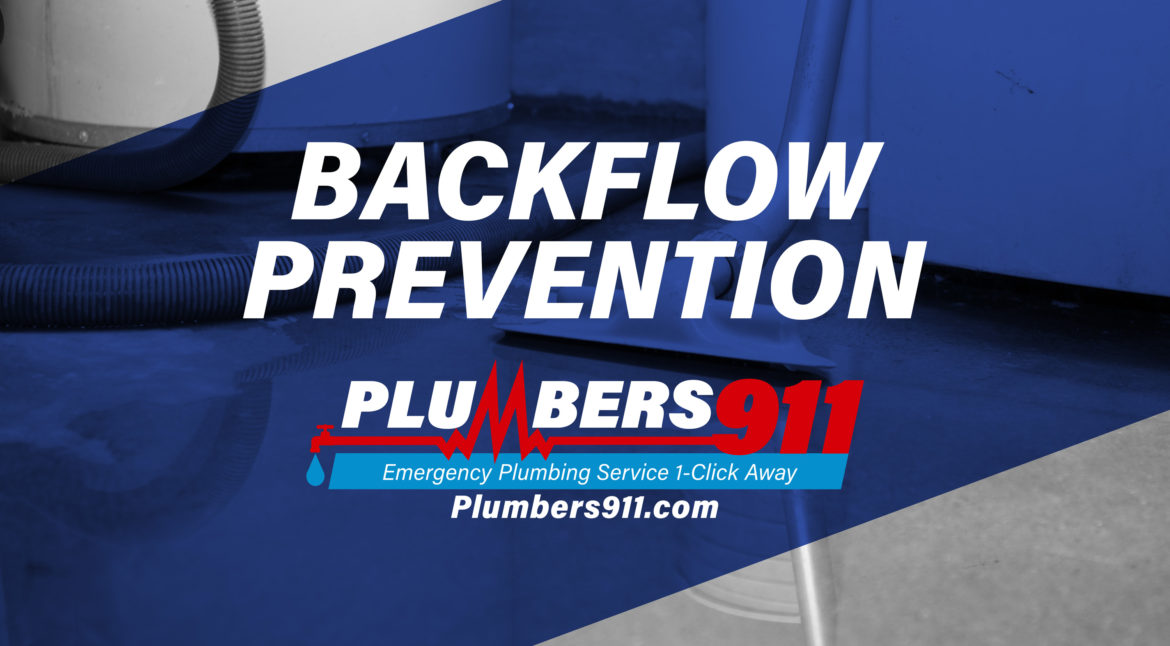Backflow happens when the normal flow of water reverses itself, sending contaminated water backwards up through your pipes and contaminating your drinking water. A backflow preventer is a critical piece of equipment that prevents this from happening by only allowing water to flow in one direction.
Backflow prevention is critical to preventing potentially hazardous contaminants from getting in your drinking water. It is critical you have a professional plumber conduct backflow testing on your backflow preventer at least once a year.
Problems with backflow preventers can result in disgusting contamination that can make your family sick. Here are a few common backflow preventer problems that require the attention of a professional plumber.
Your water is dirty, discolored, tastes or smells bad
The water coming from your pipes should be clear, clean, odorless and have a pleasant taste. Dirty water is one of the first signs of backflow preventer problems. Contaminated water can be brown or yellow in color, and may have a sulfur smell like rotten eggs. If your faucets are producing dirty water, you could be facing serious health issues. All the pipes will need to be cleaned and sanitized by a professional plumber before the water is drinkable again.
Water pressure problems
Reduced or fluctuating water pressure throughout your home could be a sign of backflow preventer problems. Backflow essentially creates a vacuum-like effect that prevents water from flowing the way it should not. If you notice high pressure changes in your faucet or shower, contact a plumber. Backflow pressure can sometimes get intense enough to burst a pipe, which can be expensive to fix.
Slow drainage
Sinks and showers can be slow to drain due to a clog, but this could also indicate a backflow problem that has contaminated your water. When working properly, backflow preventers create a stable flow of water throughout your pipes. Damaged or defective backflow preventers can lead to drain buildup, sometimes contaminating several drains at once. If you have noticed backup drains that cannot be unclogged, your backflow preventer may have malfunctioned and created a buildup of pressure.
Strange noises
Check valves will emit noises when they start to malfunction. This is known as the “water hammer,” a pressure surge when the water is forced to stop or change directions suddenly. This can rupture your pipelines and cause severe damage.
Water leaks
Backflow preventers can sometimes leak after constant use. Dirt, water pressure changes or thermal expansion can wear the backflow preventer out over time. A large amount of water can move through the backflow preventer and cause flooding, which can break the backflow device. Leaks can cause mold, mildew, water damage and odors. This can lead to structural problems, as well as make your family sick.
Need help with your backflow preventer? Call Plumbers 911!
Many backflow preventer problems are the result of faulty valves. That is why it is important to have a professional plumber inspect, clean and lubricate these valves. Contaminants and debris can get stuck in the valves and cause severe damage to internal mechanisms. It is critical to have proper filters and covers installed to prevent contaminants from entering the system.
Call Plumbers 911 to find a contractor that can conduct a thorough backflow preventer inspection. You will be connected to a professional who can inspect, clean and replace any faulty valves to ensure peak performance and prevent backflow.
